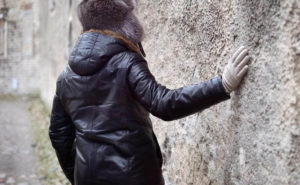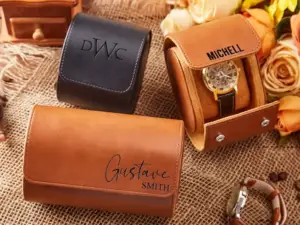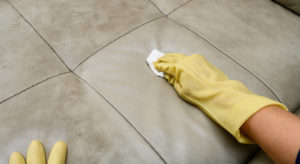Leather Peeling: Causes, Prevention, and Proper Care
Faux leather, valued for its cost-effectiveness and adaptability, is occasionally plagued by the troublesome issue of leather peeling.
In this all-encompassing manual, we will embark on an exploration of the factors leading to the peeling of leather, investigate strategies to thwart this phenomenon, underscore the significance of meticulous leather maintenance, and deliberate on sustainable alternatives within the realm of leather goods.
Understanding Leather Peeling
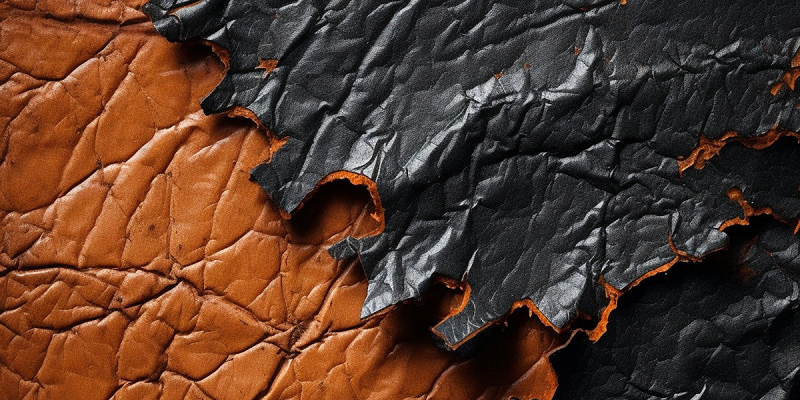
The Deterioration of Faux Leather
Faux leather, a synthetic material primarily derived from petroleum-based compounds, is widely employed across various applications, including furniture, fashion, and accessories. Despite the versatility of faux leather, it’s essential to acknowledge that it undergoes degradation over time, albeit not in an environmentally friendly manner.
This degradation leads to the visually unappealing problem of cracking and peeling, which can compromise the functionality and aesthetic appeal of the product.
The Environmental Impact
The degradation of faux leather contributes to the release of microplastic particles, which can end up in ecosystems where they shouldn’t be. These particles find their way into bodies of water such as lakes and oceans, and unfortunately, they can even be inhaled by humans.
This situation underscores the urgency of adopting sustainable and eco-friendly materials in our choices, not only for the longevity of our products but also for the well-being of the planet.
Strategies to Avoid Leather Peeling in Your Products
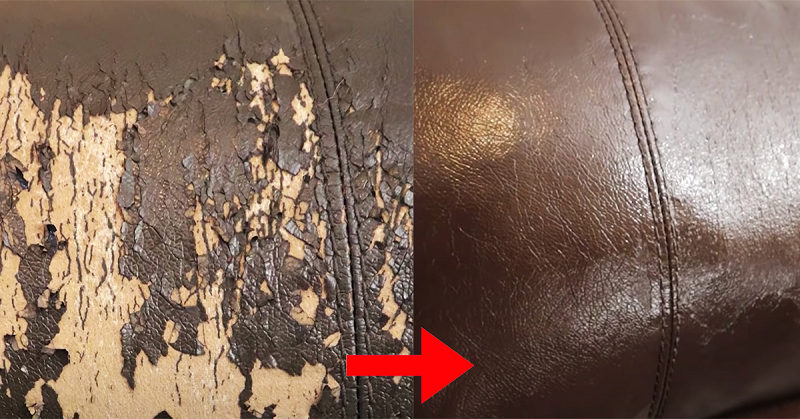
Leather Product Care Guidelines
Preventing faux leather from peeling necessitates diligent leather care practices:
Opt for Grain Leather
When selecting leather products, consider full-grain leather, which is derived from the top layer of animal hide. Full-grain leather is known for its durability and can be preserved for extended periods. To keep its suppleness intact, regular moisturizing and cleaning are imperative.
Cleaning and Drying
Thorough cleaning and proper drying are pivotal components of leather care:
- Employ a microfiber cloth or a soft brush for cleaning your leather products.
- Allow wet leather to air dry naturally, avoiding exposure to artificial heat sources during the drying process.
- In cases where leather becomes wet, ensure you pat it dry as soon as possible to prevent moisture-related damage.
- If possible, reduce exposure to excessive water, as it can impair the leather’s integrity.
Leather Conditioning
Consistent conditioning is indispensable for preserving the suppleness of leather and averting drying, cracking, and peeling. Here’s how to implement it effectively:
- Utilize an appropriate leather conditioner or a natural leather lotion. These products help sustain the leather’s suppleness and counteract drying.
- Regular conditioning ensures that your leather products remain in impeccable condition.
Hand Washing
Avoid machine washing your leather products, as it can lead to damage. Opt for gentle hand washing with a mild detergent or specialized leather cleaners.
The Endurance of Genuine Leather
Effective Maintenance for Long-Lasting Genuine Leather
Genuine leather, expertly crafted from the hides of animals, necessitates ongoing attention to safeguard its flexibility and endurance. When dutifully maintained, real leather proves impervious to the issue of peeling while gracefully embracing the passage of time. Here are some pragmatic recommendations for the care of genuine leather products:
- Regularly cleanse the leather using a soft microfiber cloth or a gentle brush to eliminate the accumulation of dirt and dust.
- When leather becomes damp, allow it to air dry naturally, ensuring swift patting to avert potential moisture-induced damage.
- Avoid exposing leather to artificial heat during the drying process, as it may result in undesired cracking.
- Take measures to shield leather from excessive water exposure, as it could diminish the leather’s innate oils and suppleness.
- Apply a dedicated leather conditioner or a natural leather lotion to perpetuate the leather’s pliability and forestall the onset of drying.
- Steer clear of machine washing leather products, as this practice is prone to inflict harm and diminish the overall quality of the leather.
Sustainable Choices in Leather Products
Opting for Environmentally Friendly Alternatives
In light of the environmental impact of faux leather degradation, it’s crucial to consider sustainable choices in leather products. Here are a few options:
- Look for leather products made from eco-friendly materials and processes, such as vegetable-tanned leather.
- Consider purchasing vintage or second-hand leather items, which not only reduce waste but also offer unique and timeless styles.
- Support brands that prioritize sustainability and ethical practices in their leather production.
Conclusion
Leather peeling, whether in faux leather or genuine leather, is a prevalent concern. Nevertheless, proper care and maintenance can significantly prolong the life of your leather products. While faux leather has its limitations and environmental repercussions, genuine leather possesses the potential to last for generations when accorded proper care.
By adhering to the practices elucidated in this comprehensive guide and considering sustainable choices, you can relish your leather items while mitigating the risk of peeling issues and actively contributing to a more sustainable and ecologically responsible approach to fashion and lifestyle. Leather, besides its elegance and resilience, can also be a conscientious choice with the right care, benefiting both you and the environment.

